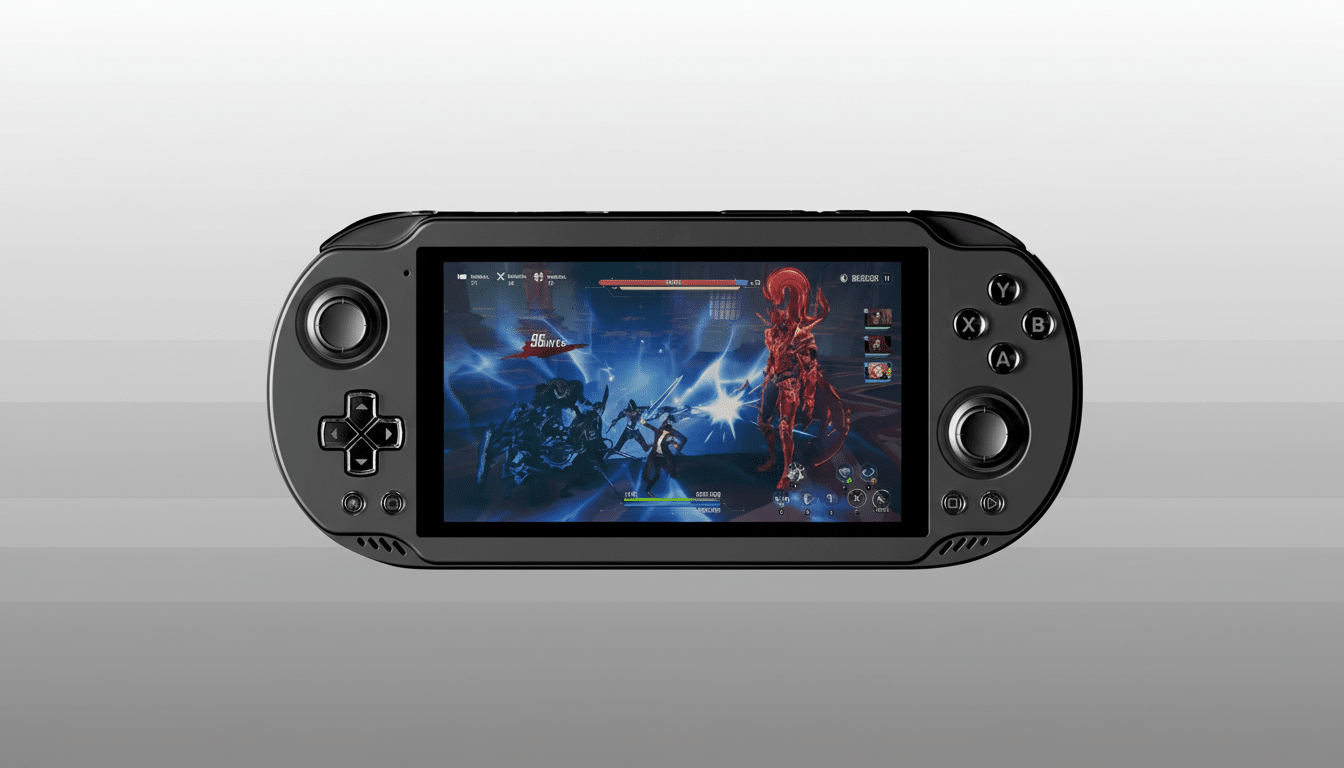One of the best little Android gaming handhelds has slipped quietly away. The AYN Odin 2 Mini has been pulled from both the company’s web store and it is discontinued, according to a rep in the brand’s community Discord. There was no official announcement or sales wind-down, so fans were surprised by the sudden vanishing act of a device that had won over compact handheld diehards.
The move removes a standout from an area where there are few options. The Odin 2 Mini was a simple proposition: flagship-class sound quality in a truly pocketable chassis. Powered by a Snapdragon 8 Gen 2 and boasting a 5-inch display that was bookended beautifully by PlayStation Vita-esque ergonomics, it filled an interesting niche for gamers who want serious emulation and cloud gaming chops but can’t deal with the heft of a 6–7-inch slab.

Why the Odin 2 Mini Mattered for Compact Gaming
Compact handhelds generally require trade-offs — heat, battery life, or controls. The Odin 2 Mini addressed those compromises. With the Snapdragon 8 Gen 2 and mature Android emulators, it had headroom to cope with demanding systems: smooth PPSSPP, killer Dolphin performance (for many GameCube and Wii titles), and credible PS2 via AetherSX2 across a good number of games. Classic games and community testers easily manage stable 60 fps with headroom for upscaling, which is no mean feat even for laptop-like devices packing ye olde silicon.
Design mattered just as much. Its curved handles, off-center sticks, and tight control travel made the Mini feel purpose-built as opposed to a shrunk-down sacrifice. It was that elusive handheld that could slip into a jacket pocket but still feel weighty after hours of play — in short, the kind of compromise that positioned it as the closest thing to Sony’s cherished Vita.
What They’re Working On Next After the Odin 2 Mini
The company has not publicly offered any reason, but the product line teaches us something. “Without the 2 in its name, there is plenty of room for a follow-up device out there.” There will be… 🧙♂️ pic.twitter.com/avTo5W6Xbo — Paul O’Brien (@PaulOBrien) May 29, 2020
The regular Odin 2 obviously sticks around if you still want the bigger battery and 6″ screen, while the new Portal brings large-screen needs to those who have them. And for compact buyers, all eyes seem to be turning toward the dual-screen AYN Thor — also Snapdragon 8 Gen 2-fueled — which has borrowed a clamshell move out of the Nintendo 3DS playbook. It does leave the Vita-style silhouette in the dust, opting for a folding design that guards the screen (and shrinks the footprint of whatever pocket it falls into).

Put simply, it appears that the brand is consolidating around a smaller number of form factors with broader use cases: a full-size slab for maximum comfort, an oversized media-focused option, and a travel-sized clamshell. From a manufacturing standpoint, it makes sense — even if in doing so they leave a hole for single-screen Mini fans.
The Thinning Ranks of Small Android Handhelds
Portable gaming is on fire now, but most vendors are going bigger still. Larger chassis lead to easier thermal design, higher sustained clocks, and bigger batteries — essential for phone-class chips powering console emulation. Industry followers point out that high-end mainstream handhelds have all converged around 6–8-inch displays for this very reason.
That leaves small, Android-pocketed handhelds as a niche market. When something like the Odin 2 Mini goes missing, its absence is apparent if only because there are few alternatives that even come close to competing with its combination of size, performance, and ergonomics. The supply chain squeeze for high-end SoCs combined with smaller margins on small-run gaming gear doesn’t help.
Viable Alternatives Right Now for Small Handhelds
- The Pocket ACE by AYANEO is its closest in spirit for raw power inside lap-friendly packaging. It is powered by the Snapdragon G3x Gen 2 platform made for handheld gaming by Qualcomm, with a 4.5-inch 4:3 display and sensible controls. It’s less than the Mini and more premium in price, retailing for around $439 to start, a cost that speaks to flagship-class silicon and tooling.
- On the budget end, Retroid’s Pocket Mini V2 has a 3.92-inch OLED and Snapdragon 865. It’s an old chipset, but at about $179 it runs retro systems great and can handle some 3D consoles with the right adjustments. It won’t match the 8 Gen 2 for the heavy PS2 or the very worst GameCube titles, but it’s offering an excellent jumping-off point with superb portability.
- ANBERNIC’s alternatives such as the swanky metal-bodied RG 477M and cheaper RG 476H specialise in mature retro performance with classic construction. They are not easily compared on Android horsepower, but they’re great for classic libraries where stable thermals and tactile controls matter as much as raw speed.
What Buyers Should Do After the Odin 2 Mini Exit
So, if you were wanting a Vita-esque (or the sexier OLED version, perhaps?) Android handheld, your options now part like the Red Sea to choose from up high and down low. Embrace a clamshell like an AYN Thor for a small footprint and modern silicon, or consider a smaller competitor like the AYANEO Pocket ACE if you have enough budget. The secondary market is also something to keep an eye on; discontinued handhelds tend to retain some value but can fluctuate as stock moves through the channel. As ever, review parts availability and community firmware support before taking the plunge.
The Odin 2 Mini showed there is a true market for tiny boxes with big performance. Its departure does nothing to change that demand; it only ups the ante for the next contender who manages to strike the formula.

